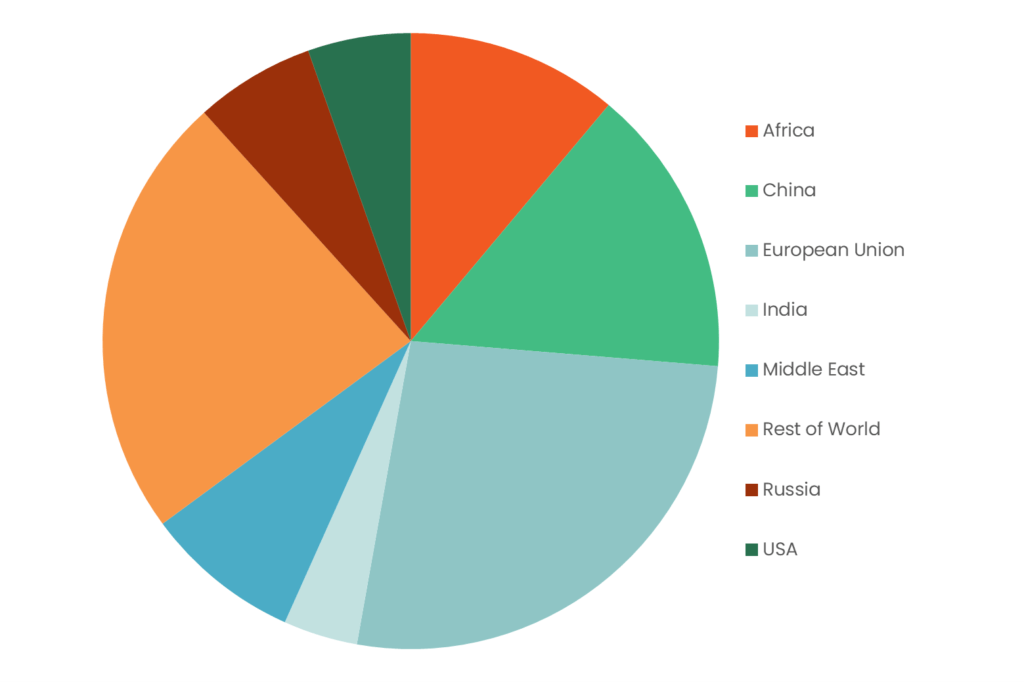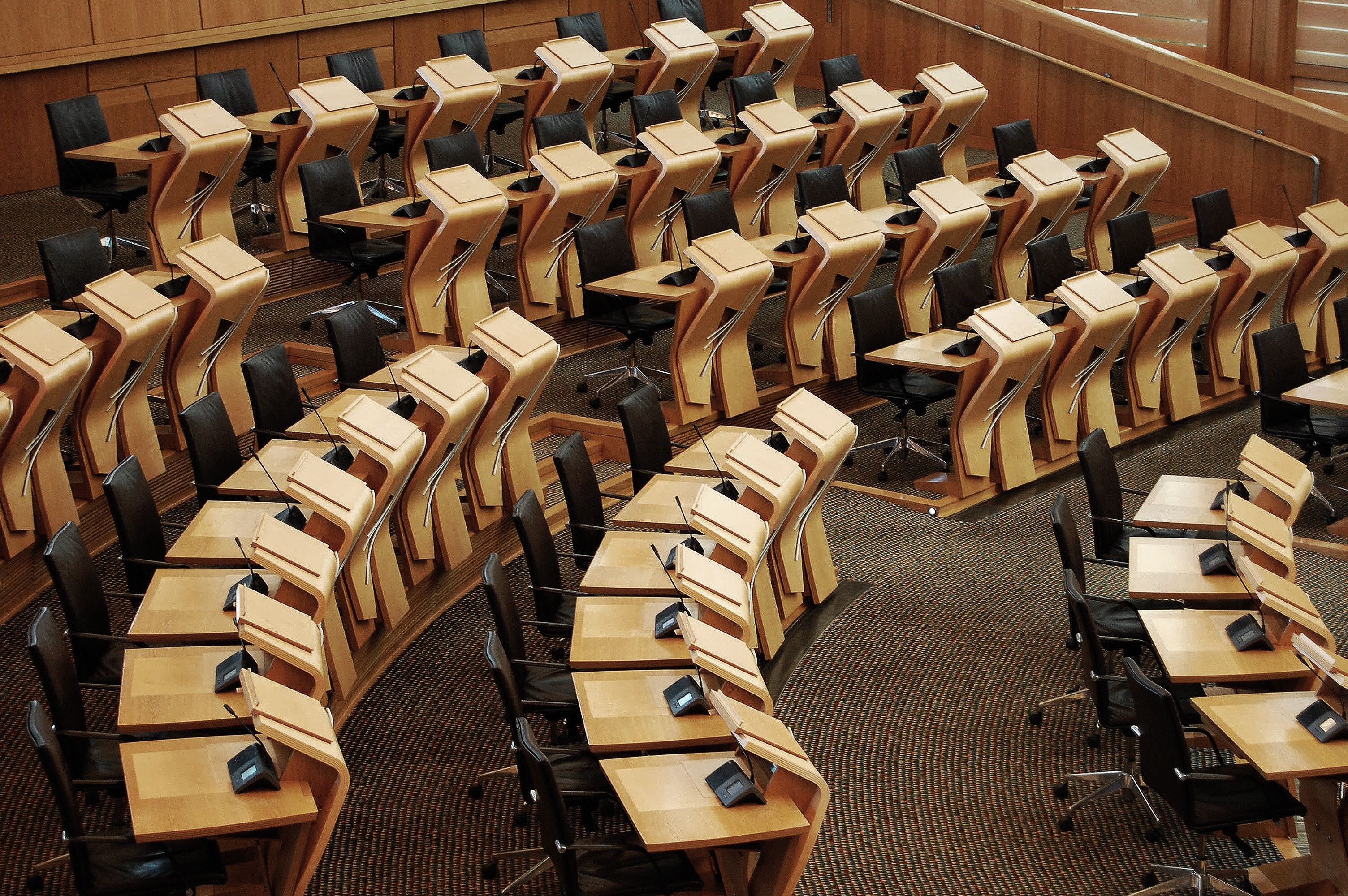Introduce consumption emissions targets
The Scottish Government should introduce statutory, science-based annual targets to significantly reduce Scotland’s consumption-based emissions, and use the Circular Economy Bill and future Climate Change Plans to detail the measures it will take to achieve them.
While Scottish Ministers are required to report on emissions attributable to Scottish consumption of goods and services, no specific targets to reduce these emissions currently exist.
In Scotland we use more than twice the sustainable limit of materials but the impact of this consumption on people and the environment is often hidden. Emissions from imported products and services make up a substantial share of Scotland’s carbon footprint, and this share is likely to grow as Scotland’s domestic emissions fall. Including our demand for goods from overseas, our total climate footprint, or consumption emissions, only reduced by about 33% between 1998 and 2020, and our total carbon footprint is about 20% larger than our territorial emissions.
In Scotland, we consumed over 100 million tonnes of materials in 2018 alone and globally, material consumption exceeded sustainable limits decades ago. Only by accounting for our global impact, can Scotland play its part in a truly sustainable future. When the Scottish Government consulted on the Circular Economy Bill in 2022, 86% of responders supported consumption reduction targets.
Targets should be set in the secondary legislation flowing from the Circular Economy (Scotland) Act 2024, with a requirement on Ministers to report to Parliament on progress towards targets annually, as is required for domestic carbon emissions under climate change legislation. The targets should cover all of Scotland’s material use, not just wasted material. Wasted material accounts for 12% of the 100Mt total material consumed by Scotland in 2018 and 15% of the carbon in our materials. Along with carbon consumption reduction targets, these would complement Scotland’s existing climate targets, which aim to reduce domestic emissions.
Also largely ignored are the impacts of waste exports, including any recycling happening overseas, currently about 17% of all Scottish recyclate. Waste exports from Scotland increased by 40% between 2012 and 2021.
Scotland’s global climate footprint

Where emissions embedded in imports to Scotland came from in 2019 (excluding the 37% which comes from the rest of the UK). 17
As a minimum, new consumption-based targets should align with the domestic emissions carbon budgets.
- The overall aim of Scotland’s circular economy should be to reduce material consumption to sustainable levels in a just and fair way as fast as possible and by 2045 at the latest.
- Carbon-based consumption targets – Scotland should adopt a greenhouse gas emissions-based target to reduce Scotland’s carbon footprint to net zero by 2045, with an interim target to reduce Scotland’s carbon footprint by 75% by 2030 based on 1998 levels. Without targets to guide our actions, Scotland will not achieve our climate goals, on which our future depends. This target is the minimum which the science tells us must be achieved by Scotland if we are to stay within the 1.5 degree goal of the Paris Agreement.
- Material-based consumption targets – Scotland should adopt a materials-based target to reduce Scotland’s material consumption by 57% (8 tonnes per person) by 2045, with an interim target to reduce material consumption by 30% (13 tonnes per person) by 2030 based on 2017 levels.
This policy would have co-benefits for nature protection and restoration.
For further information:
Scottish Environment Link, Guide to responding to the Circular Economy Consultations, July 2022, https://www.scotlink.org/wp-content/uploads/2022/07/Responding-to-the-Circular-Economy-Consultations.pdf
Call for a Strong Circular Economy Bill for Scotland Page 8, Scottish Environment LINK, 2022, https://www.scotlink.org/wp-content/uploads/2022/04/CE-Bill-call-for-April-2022-FINAL-1.pdf
The case for consumption-based targets, FoE Scotland, 2022, https://foe.scot/resource/the-case-for-consumption-based-targets/
Financing Climate Justice, https://www.stopclimatechaos.scot/wp-content/uploads/2022/09/FinancingClimateJustice_Report_ONLINE.pdf
Response to the circular economy bill consultation, FoE Scotland, 2022, https://foe.scot/resource/response-to-the-circular-economy-bill-consultation/

